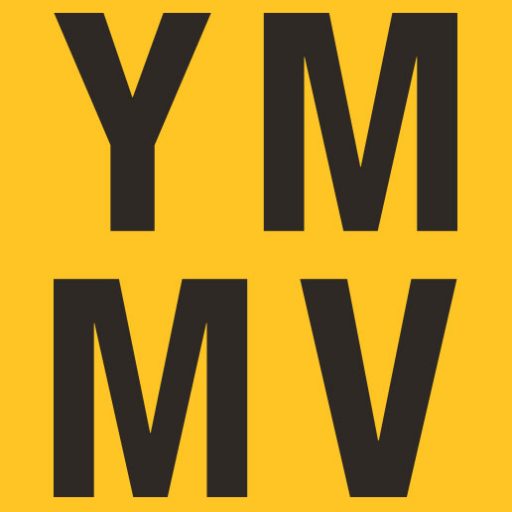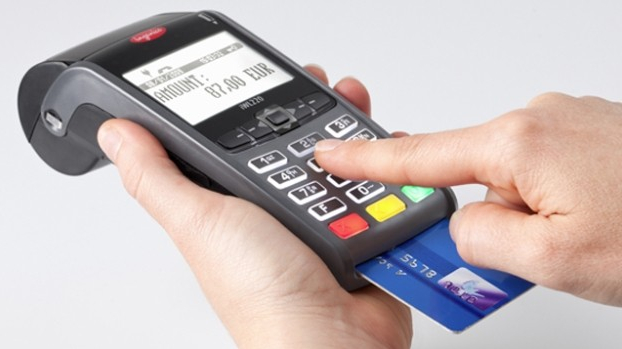Chances are, you have a credit card with an EMV chip in your wallet right now.
In the United States, we like to think we lead the world in most things—but when it comes to credit card security, we were decades behind. EMV (short for Europay, Mastercard, and Visa) chip technology was introduced in the 1990s and widely adopted across Europe in the early 2000s. Instead of reading data from a magnetic strip, EMV chips provide added security by authenticating transactions using encrypted data. It’s much harder to clone a chip than it is to copy a magstripe.
Europe rolled out chip cards in response to increased credit card fraud. As fraud declined there, scammers turned their attention to the least protected market: the U.S. (Lucky us.)
Why the U.S. Finally Got Chip Cards
The turning point came in 2015, when liability rules changed:
- If your bank didn’t issue you a chip card and fraud occurred, the bank was responsible.
- If the merchant didn’t have chip-reading tech, they were on the hook.
- This same liability shift hit gas stations in October 2020.
That finally got U.S. banks and merchants moving—sort of.
So What’s Chip + PIN?
If you use a debit card, you’ve probably encountered chip + PIN: insert your card, enter your PIN, done.
But most U.S. credit cards default to chip + signature—if anything at all. In fact, the signature part has mostly been eliminated, making transactions quicker… but not necessarily more secure.
Why didn’t the U.S. embrace chip + PIN? Here’s a quote from a Krebs on Security interview with Julie Conroy of The Aite Group:
“…we are the most competitive market in the world, and so as you look at the business case for chip-and-signature versus chip-and-PIN, no issuer wants to have the card in the wallet that is the most difficult card to use.”
So instead of asking customers to remember a PIN, banks stuck with easier—if less secure—options.
Why You Might Still Care
I was reminded of the relevance of chip + PIN cards while reading a Facebook travel group. A traveler mentioned their Chase Sapphire Reserve was declined at a European train ticket kiosk. Only their ATM debit card worked.
I knew what happened immediately: the kiosk required a chip + PIN. This isn’t uncommon. Many train stations, gas pumps, toll booths, and other unattended terminals in Europe and beyond may only accept chip + PIN cards. In these situations, having one can make a big difference.
Even top-tier travel cards like the Amex Platinum or Chase Sapphire Reserve often rely on chip + signature, making them incompatible with some overseas kiosks.
When I visited Iceland, I saw this firsthand at the gas pump. My chip + PIN card worked fine—but other American tourists were stumped. I explained they’d need to go inside since their cards wouldn’t work without a PIN.
How to Get a True Chip + PIN Card
Don’t assume your card is chip + PIN just because you were issued a PIN. That PIN might only be used for cash advances at ATMs—which is very different (and often comes with fees and interest).
A few banks do issue cards with true chip + PIN functionality:
- Barclays (e.g., Arrival+, Frontier Airlines Mastercard)
- Bank of America
- Wells Fargo
- US Bank
- Some credit unions
You may also hear that Citi offers chip + PIN on certain cards like the Premier or AAdvantage cards, but details are murky and often unconfirmed.
Frustratingly, there isn’t a reliable, regularly updated list of chip + PIN credit cards. Most online “guides” are outdated or exist mainly to promote credit card applications.
Are Chip + PIN Cards Still Necessary?
Probably not as much as they used to be.
Most of the world has shifted toward contactless payments—including tap-enabled credit cards and mobile wallets like Apple Pay and Google Pay. If you’re traveling in major cities, chances are you can get by with your phone or a tap-enabled card.
That said, contactless doesn’t work everywhere, especially for:
- Train stations in rural areas
- Gas pumps
- Toll roads
- Small businesses in remote locations
- Countries where contactless hasn’t fully taken hold
- In those cases, chip + PIN can still come in handy.
What I Do
I always bring one chip + PIN card when traveling internationally. For me, that’s the Barclays Arrival+. It has no foreign transaction fees and reliably works at unattended kiosks.
Before each trip, I:
- Add my chip + PIN card to my wallet
- Notify the bank of my travel plans
- Double-check my PIN (just in case)
And yes, I’ve even been prompted for my PIN using it in the U.S.—rare, but it happens.
Final Thoughts
There’s no universal way to know whether your card has true chip + PIN functionality until you try—or dig through cardholder agreements and bank reps who may not even understand the difference.
Big banks like Chase and Amex still don’t offer chip + PIN cards, despite marketing their products to international travelers. But several other issuers (and some unlikely ones—like Frontier Airlines!) do.
The Frontier Airlines Mastercard from Barclays Bank has Chip + PIN capabilities.
So take a few minutes before your next international trip to check your wallet. Having a chip + PIN card might save you from a frustrating moment at a ticket machine or gas pump.
Because when you’re staring at a kiosk in a foreign country with no working payment method… you’ll wish you had one.
Join our mailing list to receive the latest news and updates from our team.

